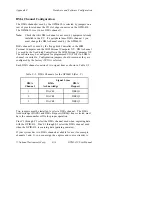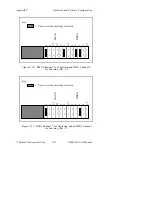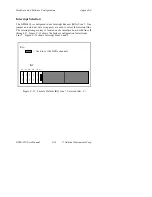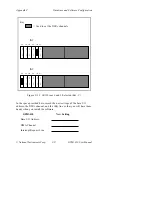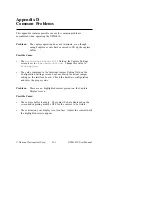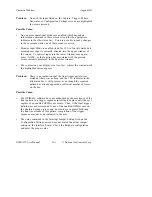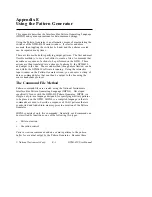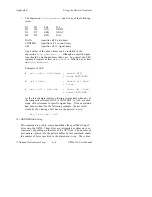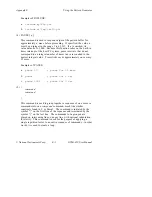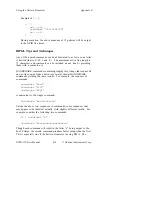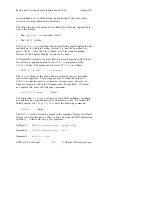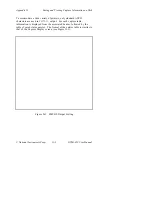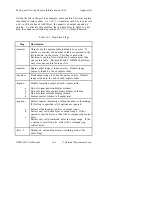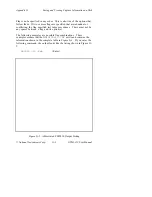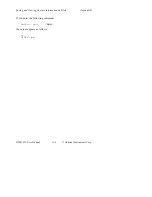
Using the Pattern Generator
Appendix E
GPIB-410 User Manual
E-4
© National Instruments Corp.
for string is identical to that described later for text in the
Interactive Input Window, except that here the text must be
enclosed in double quotes (for example,
"this is a valid
handshake string"
). Notice that unlike the SET command,
which simply causes a static pattern to be placed onto the GPIB,
patterns specified using the HANDSHAKE command cause one
cycle of the source handshake to be executed as each pattern is
output to the bus. Thus, the HANDSHAKE command is roughly
equivalent to a sequence of several SET commands for each byte in
string, as illustrated below:
handshake "a"
is conceptually similar to
set - data dav + d7 d6 d1
implicit wait for NRFD to be cleared
set + dav
implicit wait for NDAC to be cleared
set - dav
As indicated in the illustration, the DAV line is automatically set to
0 at the beginning of any HANDSHAKE command. DAV is the
only control line affected by this command.
Examples of HANDSHAKE:
a.
handshake "abcdefghijklmnopqrstuvwxyz\r\n"
b.
handshake "\x41\x42\x43\x44\x4A\x4B\x4C\x4D"
c.
handshake "\UNT\UNL\x41\TCT"
(3) INCLUDE filename
This command is used to include the contents of another command
file in line with the contents of the current command file. Files
included in this manner may also contain INCLUDE commands.
The number of new patterns placed into the pattern buffer by this
command depends on the number and type of commands contained
in the included file. The term filename must be a valid DOS
pathname of 47 characters or less.

